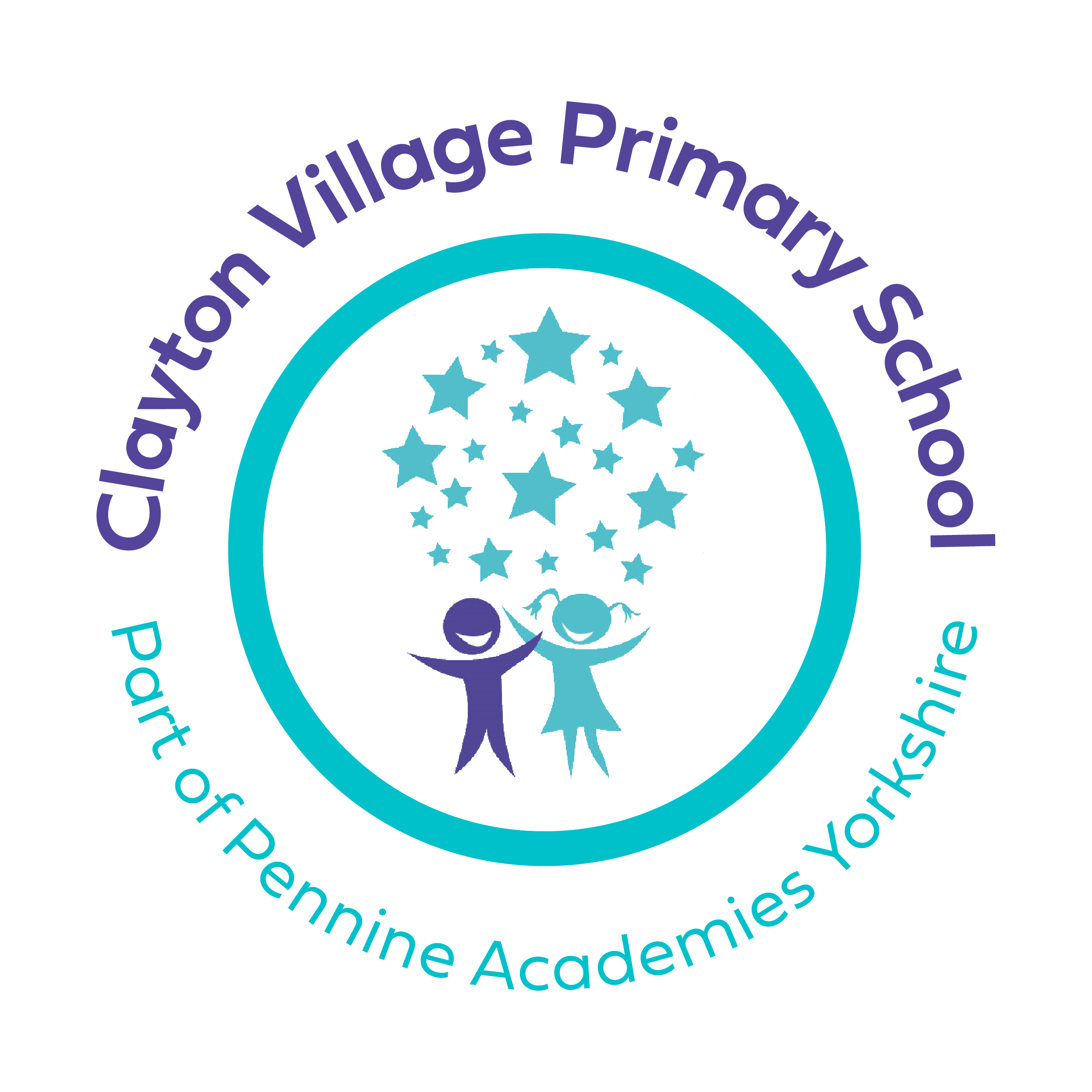Handwriting
At Clayton Village we teach the children to write in a cursive style from Reception. When your child first comes to school, they will learn to form every letter with an entry and exit stroke. A legible, cursive handwriting style is important as in Year 6 it is part of the writing expectation to achieve the age related standard.

This is a solid foundation for teaching joined handwriting later on. Children are taught that every letter starts on the line. Next we begin to teach digraphs and trigraphs as joined letters. The first being
![]()
You can support your child at home by encouraging them to trace over the handwriting sheets provided on a regular basis. Reluctant writers are often more willing to try if you give them different colour pens to trace over. You can even enlarge the letters and trace over using paint, chalk, using a bottle of water with a sports cap, or even tracing over the letters with a toy car.
Constant repetition is the key, emphasising the correct entry and exit strokes every time. It is essential that your child gets into good habits early on and this includes having the correct pencil grip.
One of the advantages of the cursive style is that you can quickly identify when a child is forming letters incorrectly. For example trying to start a ![]() at the bottom and moving clockwise, rather than starting with the entry stroke and then moving anticlockwise from the top of the letter to the bottom.
at the bottom and moving clockwise, rather than starting with the entry stroke and then moving anticlockwise from the top of the letter to the bottom.
Although the cursive style can seem quite laborious to start as it takes slightly longer to write each letter separately, you will really see the benefits when your child starts to join fully towards the end of Year 1 and in Year 2. The cursive approach has been very successful in our school.

Downloads:
Cursive handwriting with arrows to indicate correct formation
